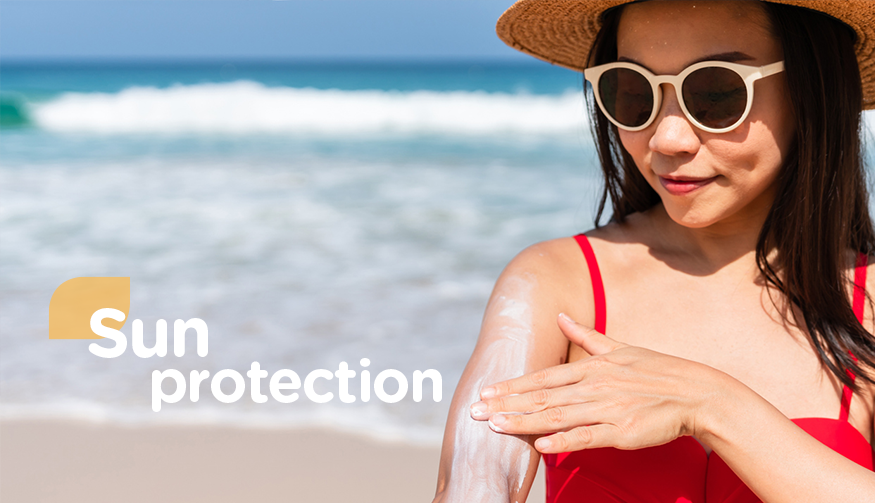Common chemicals found in sunscreens can pose risks to coral reefs such as Oxybenzone and Octinoxate. Target Pro by Watsons UV Protection sunscreen has been given an upgrade lately and it’s now “Reef Safe”, free from Oxybenzone and Octinoxate, to protect your skin and the marine environment. By switching to reef safe sunscreen, you are taking part in protecting the coral reefs. Let’s go green with Watsons.
What makes a sunscreen reef-safe?
“Reef-safe” or “Reef-friendly” are typically used to describe sunscreens that do not contain oxybenzone and octinoxate – which have been shown from studies both can cause coral bleaching. Bleaching doesn’t kill coral, but it does leave the coral at risk for infections and mortality. Most of the key active ingredients in our daily sunscreens contain the two common UV-blocking chemicals, and the sunscreen not absorbed into the skin transfers into the marine environment.

Product review: Target Pro by Watsons UV Protection
UV Protection Whitening Facial Milk SPF50+ PA++++

This reef-safe sunscreen is infused with three types of Vitamin C and Vitamin B3. Enriched with Ceramide and Thermal Spring Water, it strengthens your skin barrier against UV damage.
Free from Oxybenzone, Octinoxate, Butylparaben and 4-Methylbenzylidene Camphor (4MBC). Dermatologically tested.
“The sheer formula rubs in easily and feels very nice on the skin. It has a light sheen and leaves my face looking smooth with an even skin tone. The best thing is it does not leave a white cast.”
UV Protection Skin Repairing Facial Milk SPF50

This reef-safe formula is infused with Repair Complex CLR PF & Coenzyme Q10 to promote the skin’s ability to restore itself. Plus, Ceramide and Thermal Spring Water in it can help strengthen skin barrier against UV damages.
Free from Oxybenzone, Octinoxate, Butylparaben and 4-Methylbenzylidene Camphor (4MBC). Dermatologically tested.
“This marine-friendly sunscreen is effective and lightweight enough to use every day. It just melts in my skin without leaving any traces of greasy or white residue.”















